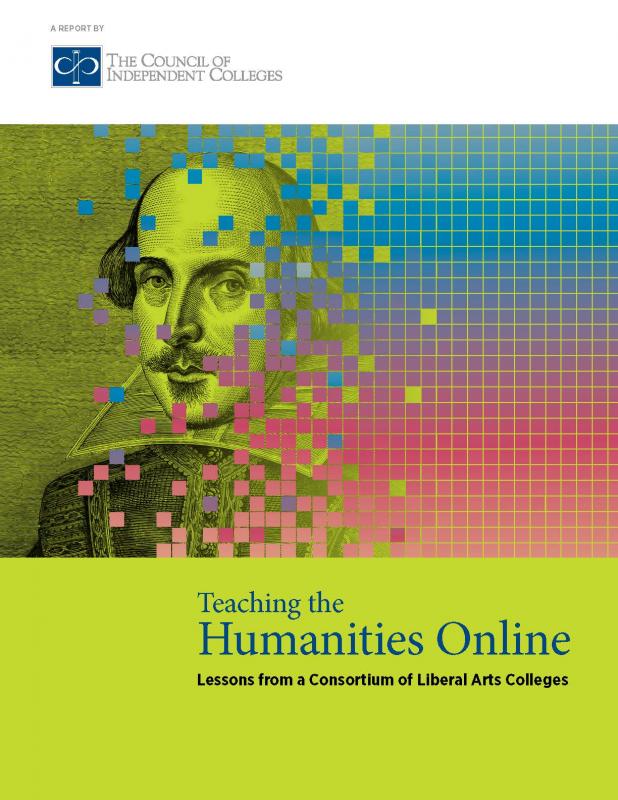the Consortium for Online Humanities Education is one of the larger-scale experiments (at least if you measure scale by the number of institutions involved, rather than enrollments) in online post-secondary learning. Over several years, 42 member institutions of the Council of Independent Colleges have built a collection of graduate-level online and hybrid humanities courses for their peers to share.
The goals: to help them learn how to cost-effectively develop and launch high-quality online humanities courses, and to give learners access to courses that are not available in their own programs.
Along the way, the project — funded by the Andrew W. Mellon Foundation and reviewed by Ithaka S+R — has pledged to share its findings with colleagues and other higher education institutions.
The last (and last) of a series reports on the consortium was out this weeksummarizing lessons learned for colleges and for participating teachers and students.
Many of the findings may not surprise professors or administrators who follow digital learning issues closely – but they were eye-openers for some people at these institutions who had remained largely on the margins of online education before this project.
Student participation has expanded. Many students said they value online classes because of the scheduling flexibility they allow. Some students said they were more comfortable participating in online class discussions than they are in traditional classrooms. Like Bryon Grigsby, president of Moravian collegesaid at a workshop of consortium participants, “I quickly realized that the technology was creating a kind of access that we hadn’t had before. It allowed the 10-second thinkers in the class to be able to enter the conversation on a thread where previously they had been silenced by the two-second thinkers who dominated a face-to-face class.”
A number of students at these primarily residential campuses have likened online classes to a “study outdoors” opportunity. “For example, a student enrolled in an all-women’s college found herself in a co-ed class for the first time and found it rewarding and enlightening,” the report said.
Teachers lack personal interaction. While many instructors said they formed deeper relationships with “the quieter, more reticent students,” many others said they did not form personal relationships with students like those who are face-to-face in their small institutions, as shown in the graph below.
A stimulus to improve teaching. “Almost all faculty members said teaching online courses also helped them become better instructors in their face-to-face classes,” the report said. Many professors said teaching was becoming more like a “team effort” rather than a solo activity, including colleagues not just from their own institutions but from their peer colleges, as well as designers courses, librarians and others.
Efficiency but not cost reduction. Professors have found that creating and teaching online courses takes more time, not less, and consortium members have generally not seen the hoped-for cost savings materialize. They found, however, that the course-sharing agreement expanded their higher-level offerings in disciplines with small departments. “Course sharing can help each institution offer specialty courses less frequently but more efficiently, in a more predictable rotation, and with specialty courses from other institutions complementing a shared list of offerings,” the report says.

